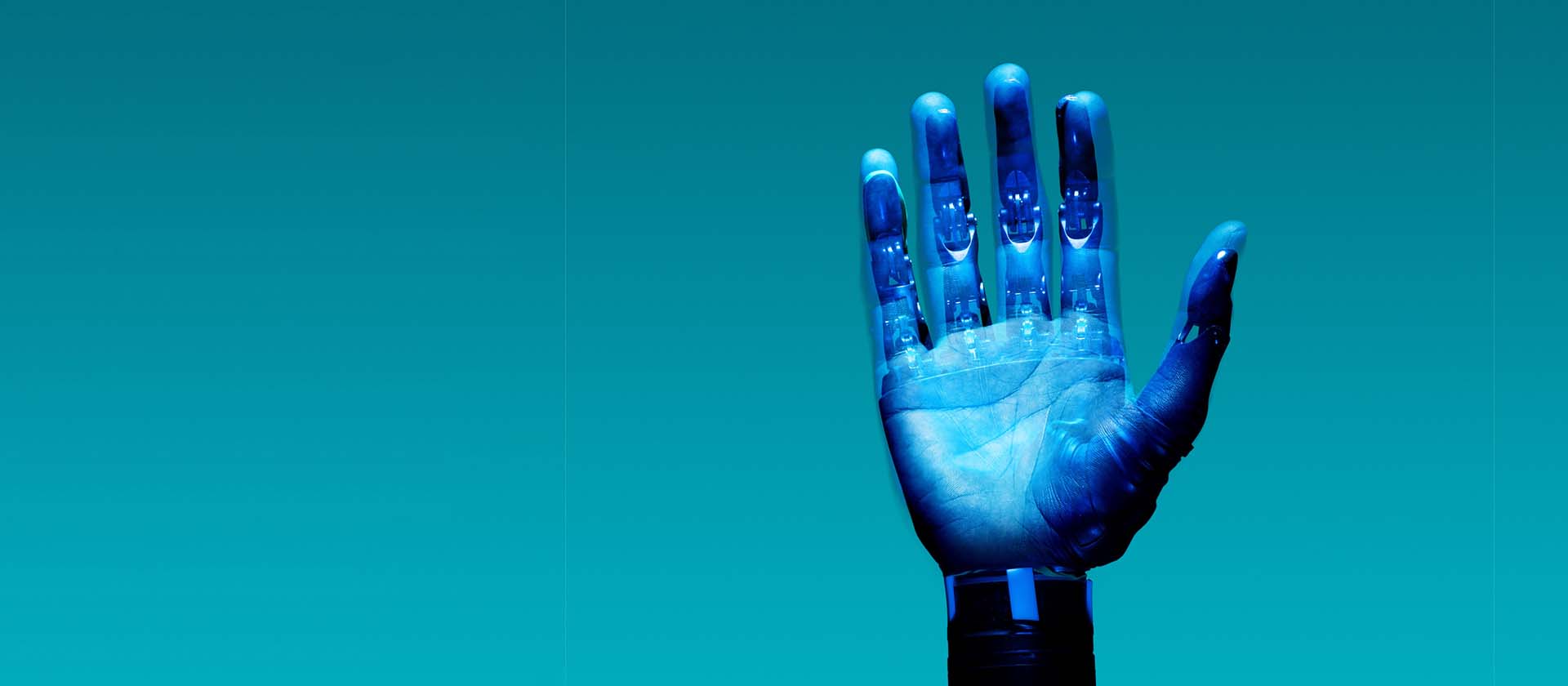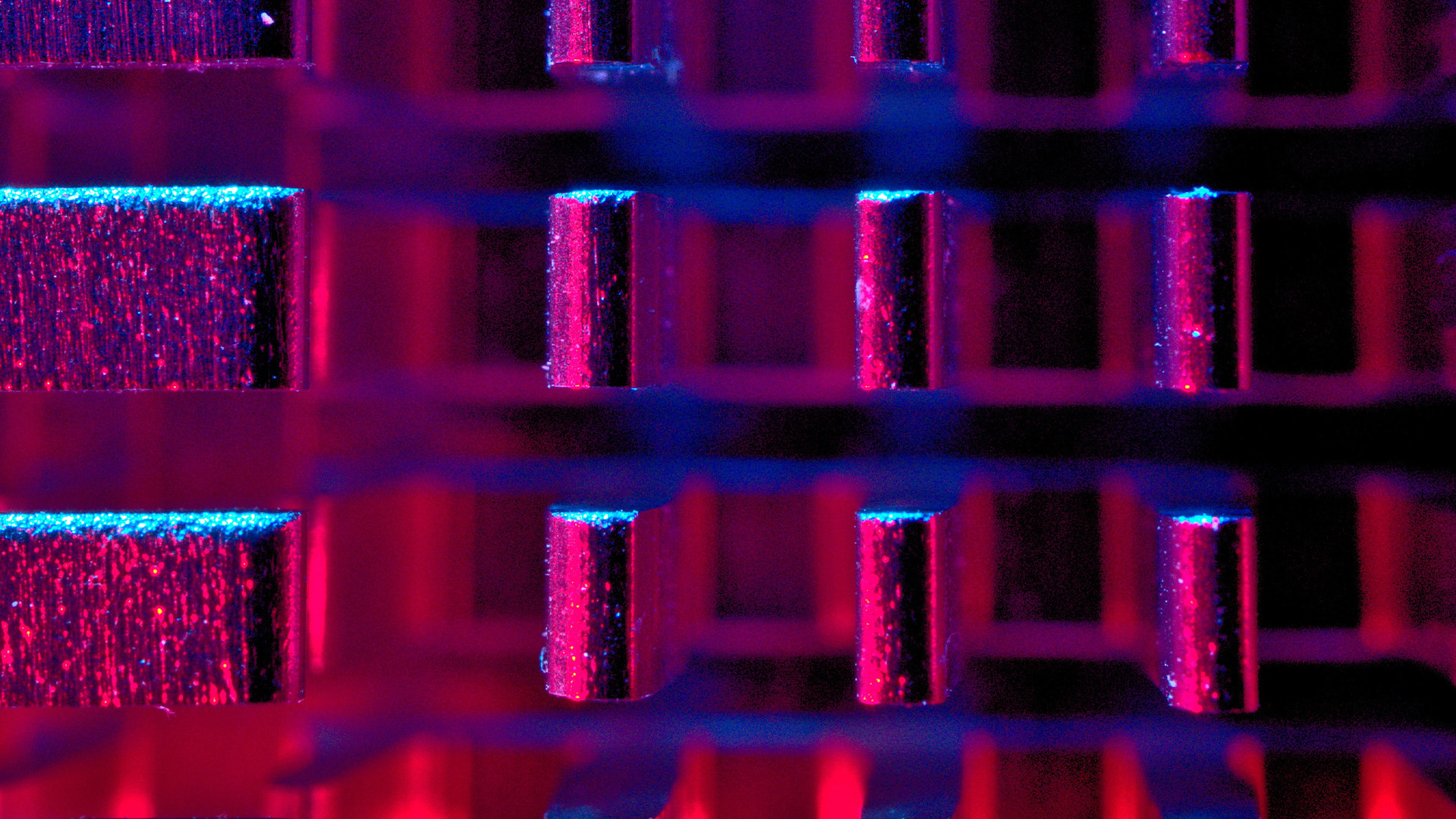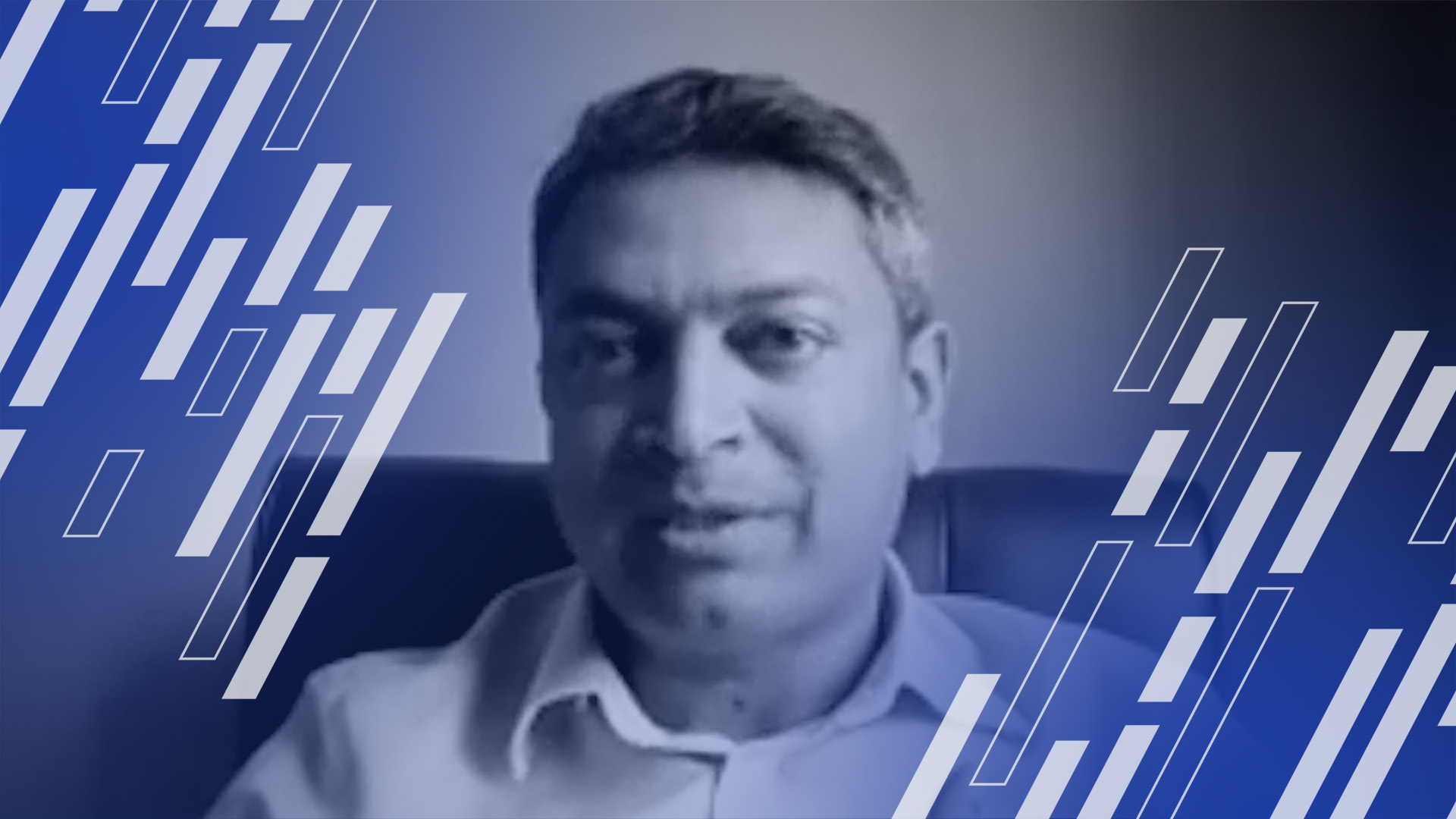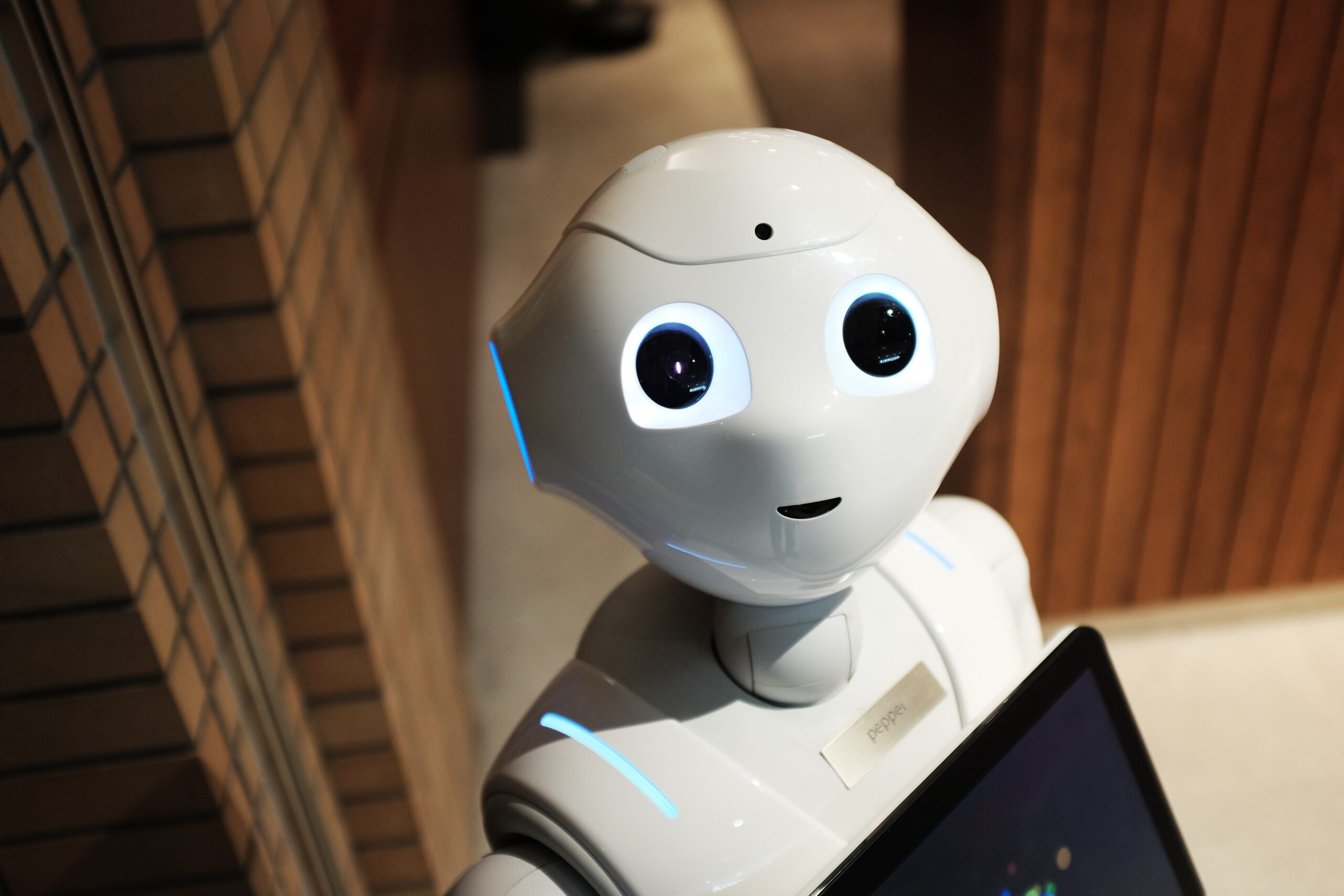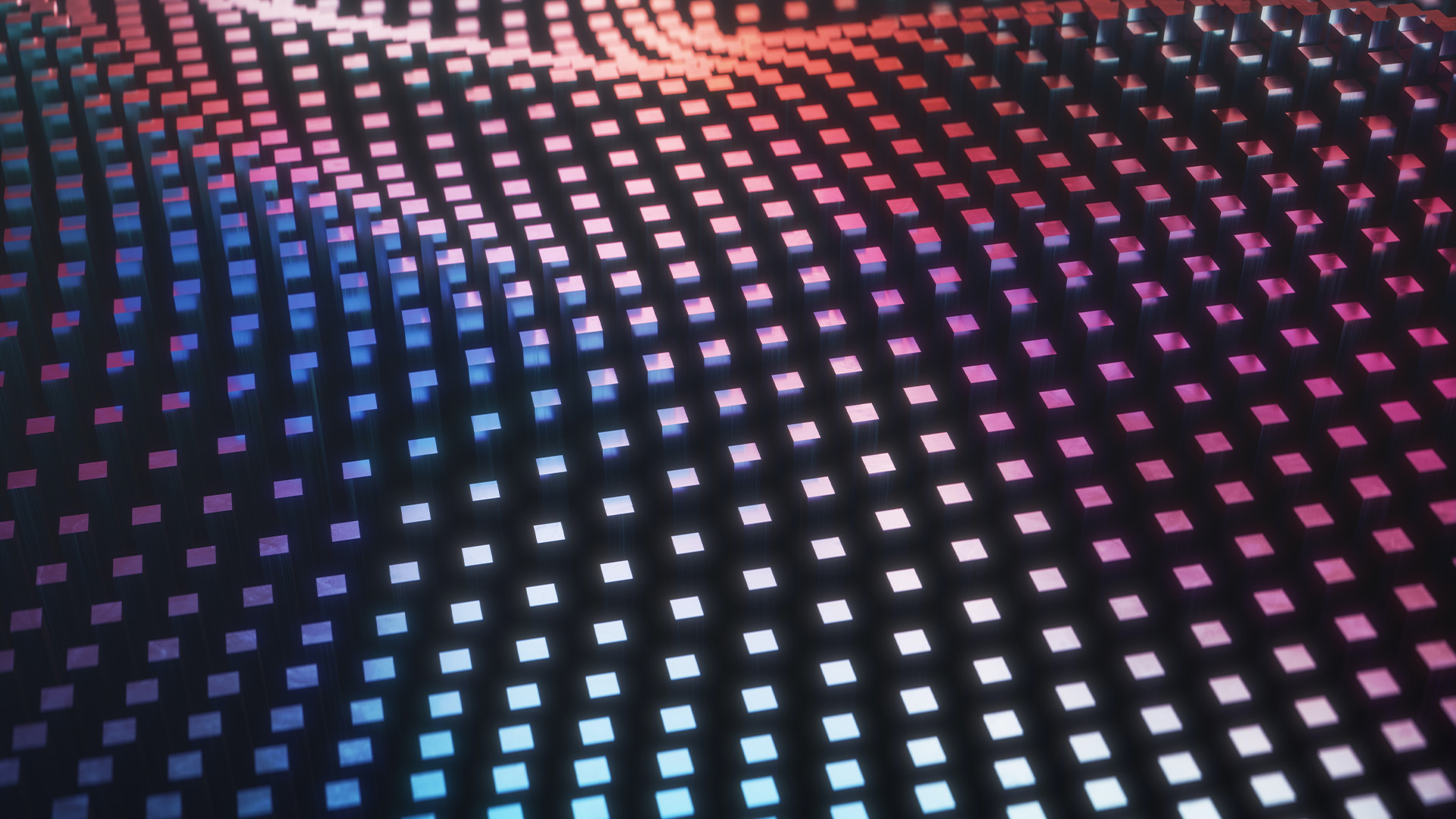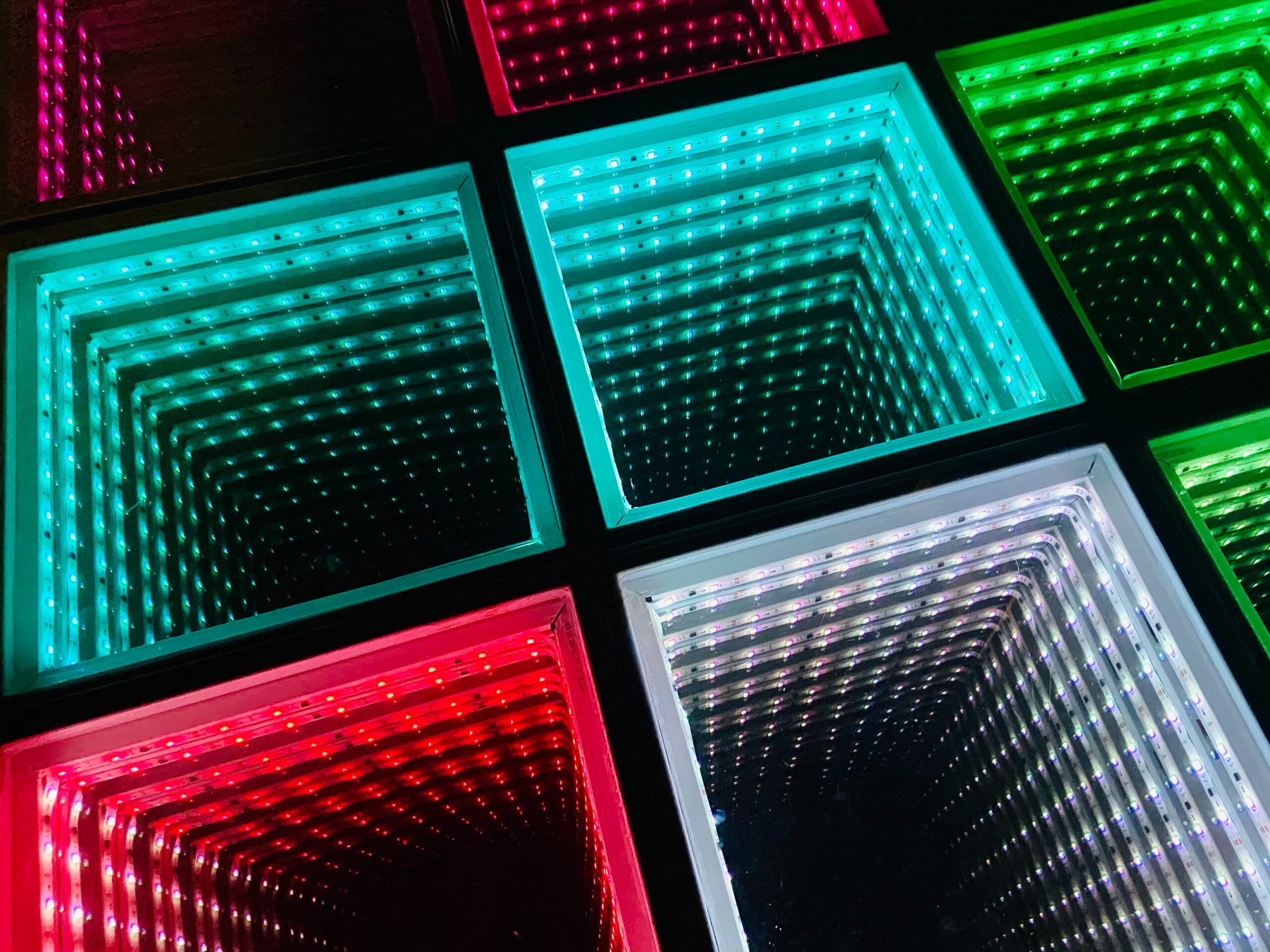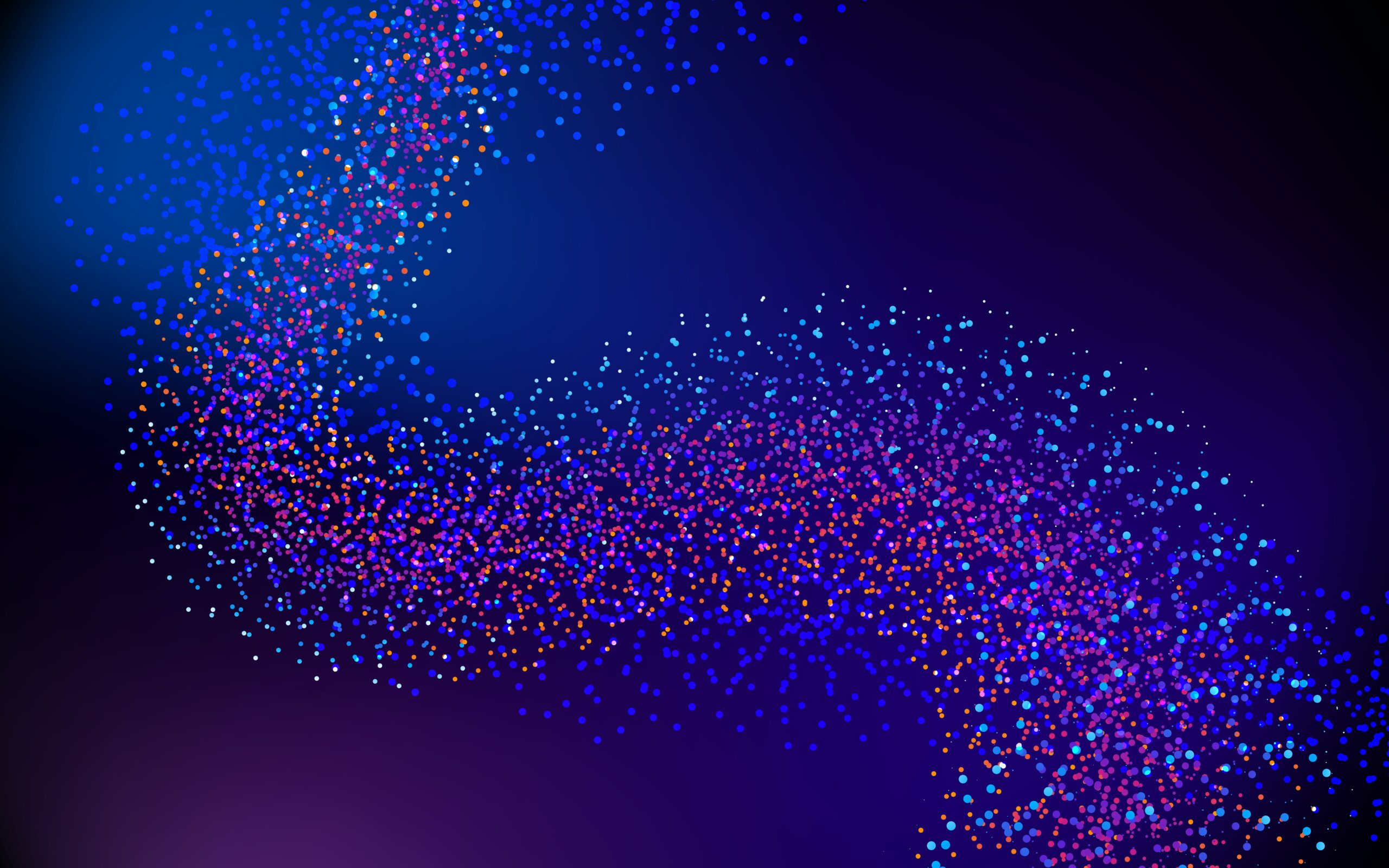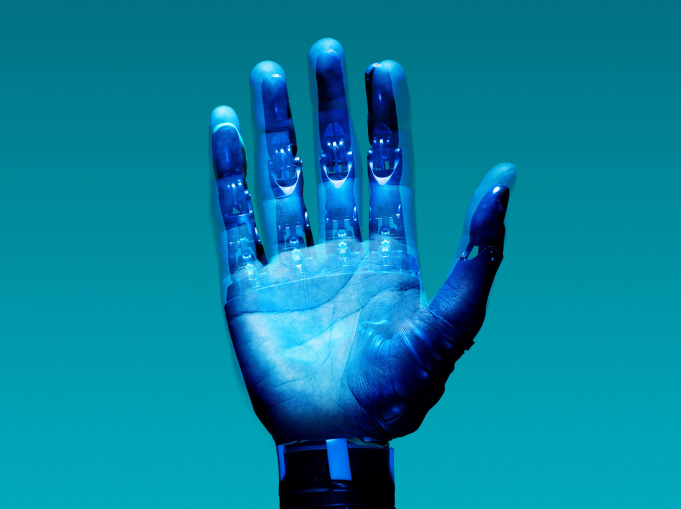KEY TAKEAWAYS
- New advances in neuroscience, combined with technology, are changing the face of sports. It’s now possible to train the brain using biometrics, AI and extended reality. Sports technology can optimize an athlete’s unique strengths, maximizing their potential to win.
- NTT has pushed the field of brain science, sports and technology forward, with research and solutions including the Sports Brain Science (SBS) Project which uses ICT to identify, and develop new training based on, the workings of potential brain functions.
- Japan’s women’s softball team used a groundbreaking AI-powered pitching machine from NTT to clone – and train against – its competition. They won gold at the Tokyo Olympic Games in 2021.
- The development of technology around sensory feedback can be used not only to improve sports performance, but help promote healthier living for everyone. Exercise programs will be matched to individual limits and needs, offering great promise as a vehicle for inclusivity in the sports industry.
Is it possible to train your brain to win? Being a top athlete requires mastery not just of body, but of mind and skills too. Research and training approaches for physical performance have advanced and diversified, yet understanding how to augment mind and skill has been largely neglected by science.
What’s happening in the human brain and body when top athletes demonstrate their state of mind (resilient, focused mentality) and skill (optimum performances), such as those expressed with analogies such as ‘intense pitching’ and ‘soulful batting’? The secret is the workings of ‘potential’ brain functions, that subconsciously impact our intentions and actions. If we could figure out this mechanism, we might be able to create a ‘winning brain’ that can control our mind and our body in the best way possible.
That was the picture for the future that prompted the launch of the Sports Brain Science (SBS) Project. The mission of the research team was to utilize information communication technologies (ICT) to figure out the workings of the potential brain functions in sport, and develop new training based on those findings.
Coincidentally, as the Covid-19 pandemic limited opportunities for athletes to engage in warm-up games, this project took on a significant meaning for the Japan women’s softball team. By merging brain science with technology, science-based and practical training, they were able to quickly realize an advanced version of the virtual simulation training they had already been doing.
Behind the glory of the Olympic gold medal that the team won in 2021 was a story of NTT’s technology and science taking on a challenge.
Realizing the potential of real ‘brain power’
NTT set out to answer the question: How can we figure out the workings of the softball players’ potential brain functions, and maximize their performance?
In other words, find out each athlete’s unique strengths and bring out their potential power to win. This was challenging using conventional research techniques, behind lab doors. The SBS Project needed to extend its research to the actual field, to analyze the athletes’ performance in situations that were closer to real competitions, to optimize their training and incorporate each athlete’s characteristics.
In this process, the project team brought together brain science expertise and various technologies to develop next-generation training approaches. In a way, the challenge NTT took on was to heighten the potential power of the whole field of brain science and technology.
Data to fill the gap between athletes’ self-portrayed images and their actual performances
Smart Bullpen is a space to measure athletes’ performances from all angles, in a space that is close to that of actual competitions. In the Smart Bullpen, the project team simultaneously captured the motion of the pitcher and batter to analyze the reaction of the batter according to the pitcher’s form and pitching style.

In the training for pitchers, their pitch was measured by high-performance cameras. By accurately measuring the rotation and rotational axis, the image of the pitcher and the actual pitching style were compared to improve the pitching strategy and skills.
Virtual matched with real: innovative training using biometrics
Likewise for batters, the project team started to work on their batting skills, based on biometric data analysis from multi-angle sensing. The question was how the findings could be applied to improve the performance in a concrete manner. To start with, the project team started by developing a virtual competition program to help batters imagine the pitcher’s pitching through virtual reality. Even though it received positive feedback from the batters, VR was not able to offer real batting sensations, even though it offered visual image training.
To address this issue, the project team developed a special pitching machine that accurately reproduced the opponent pitcher’s forms and pitching styles from their game footage and data, creating physical batting drills. The machine reproduced details accurately, including the ball speed and trajectory that certain pitching forms produced, reproduced from the video of the actual pitching scene. The solution – that almost epitomized the proverb ‘know yourself as well as your enemy, and there will be no fear in hundreds of battles’ – served as one of the reasons that helped the Japan team bat so successfully.
Connecting to a future where everyone can achieve their full potential
NTT has been researching and developing programs for sports training beyond our imagination, by obtaining and amassing biometric information with diverse technologies and combining and analyzing them with findings from brain science.
One development is ‘sensory feedback’, which helps athletes intuitively and automatically learn the best action and timing for optimum performance. It aims to assist the athlete’s performance by putting sensors on various parts of their body to analyze the timing and rhythm of their movement, giving feedback directly to the body by non-verbal means such as through hearing and touch.
It won’t be long before we see sportswear and training rooms becoming the ultimate personal coaches, as sensing technologies and AI further advance. And that is not a mechanism just for top athletes. Anyone, from exercise-resistant children through to the elderly, will be able to maximize their potential and move their body in the best way possible, in a way that matches individual limits. It will not just eradicate negativity in sport, but even help in finding promising athletes, and helping them flourish.
By investigating the relationship between brain functions and performance to analyze human potential, we’re moving swiftly towards an era where neuroscience can train the mind and optimize skills – truly bringing out the ‘brain power’ of individuals and making it a reality.
Originally published in NTT STORY, November 2021.
All NTT STORY articles: https://group.ntt/en/magazine/blog/index.html
